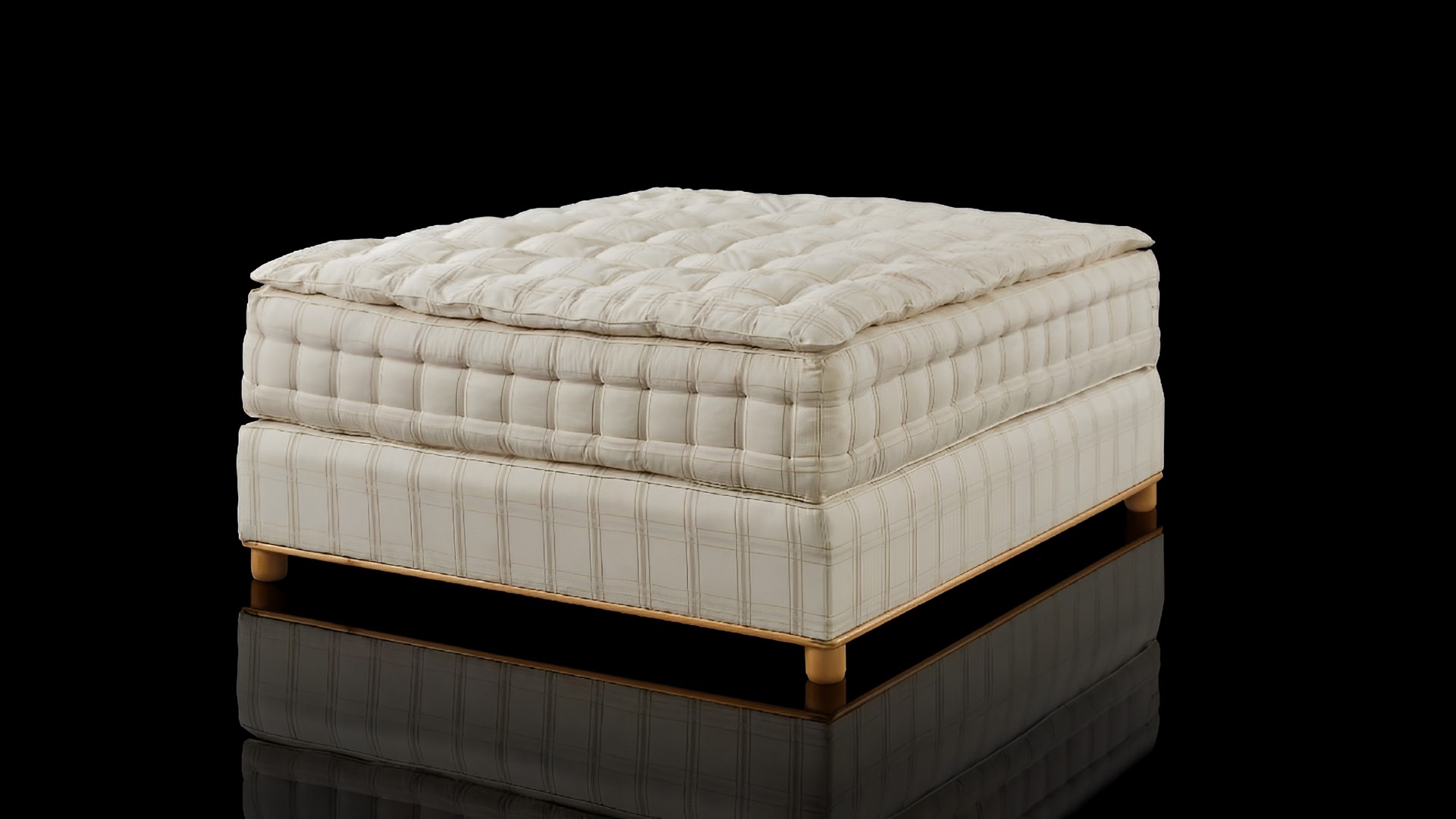Sleep apnea is a common sleep disorder affecting millions of individuals worldwide. Characterized by repetitive interruptions in breathing during sleep, it can have serious health consequences if left untreated. Fortunately, proper management, including the choice of the right mattress, can significantly improve sleep quality for individuals with sleep apnea.
1. Understanding Sleep Apnea
Sleep apnea is a condition where a person experiences frequent interruptions in their breathing while asleep. These interruptions, known as apneas, can last for seconds to minutes and often result in the individual briefly waking up to resume normal breathing. There are three main types of sleep apnea:
- Obstructive Sleep Apnea (OSA): This is the most common form, occurring when the throat muscles relax excessively.
- Central Sleep Apnea: This type is less common and is caused by a failure of the brain to transmit proper signals to the muscles controlling breathing.
- Complex Sleep Apnea Syndrome: Also known as treatment-emergent central sleep apnea, this condition is a combination of OSA and central sleep apnea.
Question: What are the common symptoms of sleep apnea?
- Loud snoring
- Choking or gasping for air during sleep
- Excessive daytime sleepiness
- Difficulty concentrating
- Morning headaches
2. The Impact of Mattress Choice on Sleep Apnea
The choice of mattress plays a crucial role in managing sleep apnea symptoms. An appropriate mattress can improve sleep quality, reduce disturbances caused by movements, and alleviate pressure on the airways.
3. Factors to Consider When Choosing a Mattress for Sleep Apnea
Several factors should be taken into account when selecting a mattress to address sleep apnea:
- Firmness Level: A medium-firm mattress is often recommended as it provides adequate support while conforming to the body’s shape.
- Support for Sleep Position: Consider your preferred sleep position and choose a mattress that offers proper spinal alignment.
- Material Type: Memory foam and latex mattresses are known for their ability to relieve pressure points.
- Motion Isolation: If you share your bed, a mattress with good motion isolation can minimize disturbances.
- Breathability: Opt for a mattress with good airflow to prevent overheating during the night.
4. Recommended Mattress Types for Sleep Apnea
Several mattress types are well-suited for individuals with sleep apnea:
- Memory Foam Mattresses: These mattresses conform to your body’s shape and provide excellent pressure relief.
- Latex Mattresses: Latex is naturally breathable and offers good support.
- Adjustable Beds: These beds allow you to customize your sleeping position, which can be beneficial for sleep apnea sufferers.
5. Maintaining Good Sleep Hygiene with Sleep Apnea
While choosing the right mattress is essential, practicing good sleep hygiene is equally important for managing sleep apnea:
- Consistent Sleep Schedule: Go to bed and wake up at the same times every day, even on weekends.
- Avoid Alcohol and Sedatives: These substances can relax the throat muscles, worsening sleep apnea symptoms.
- Use a CPAP Machine: If prescribed by your doctor, a Continuous Positive Airway Pressure (CPAP) machine can help maintain open airways during sleep.
In conclusion, choosing the right mattress is an essential aspect of managing sleep apnea. By considering your specific needs, sleep position, and mattress type, you can significantly improve your sleep quality and overall well-being.



